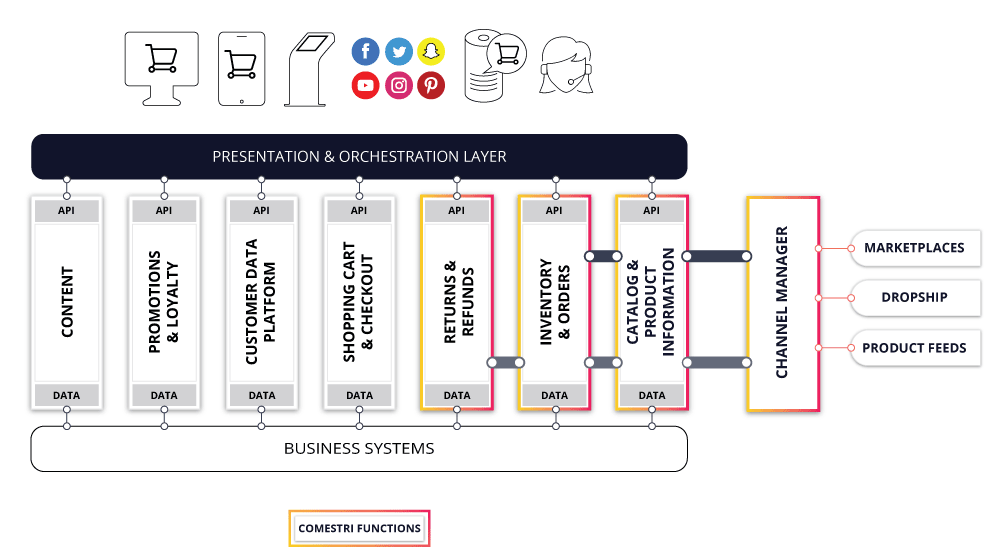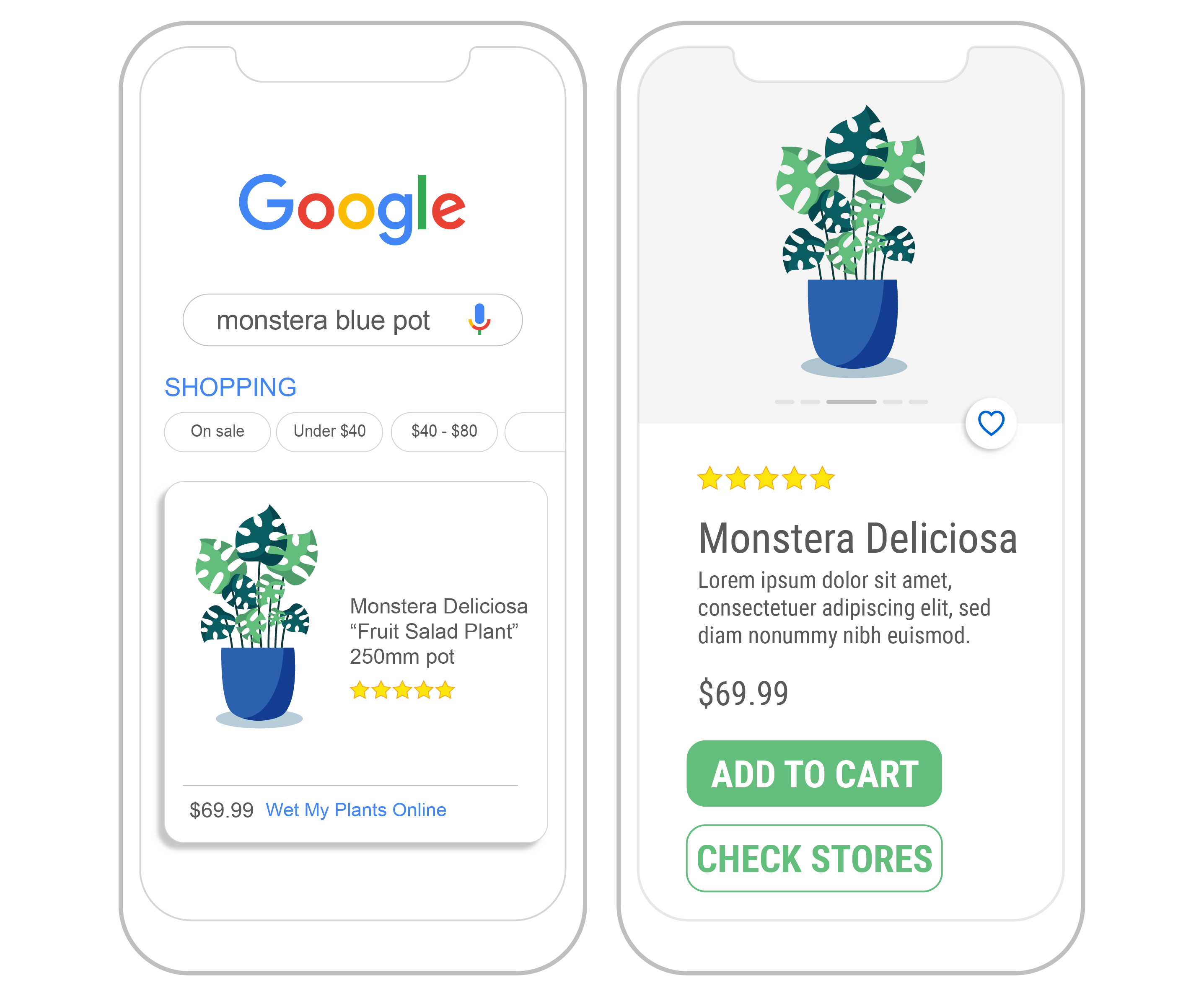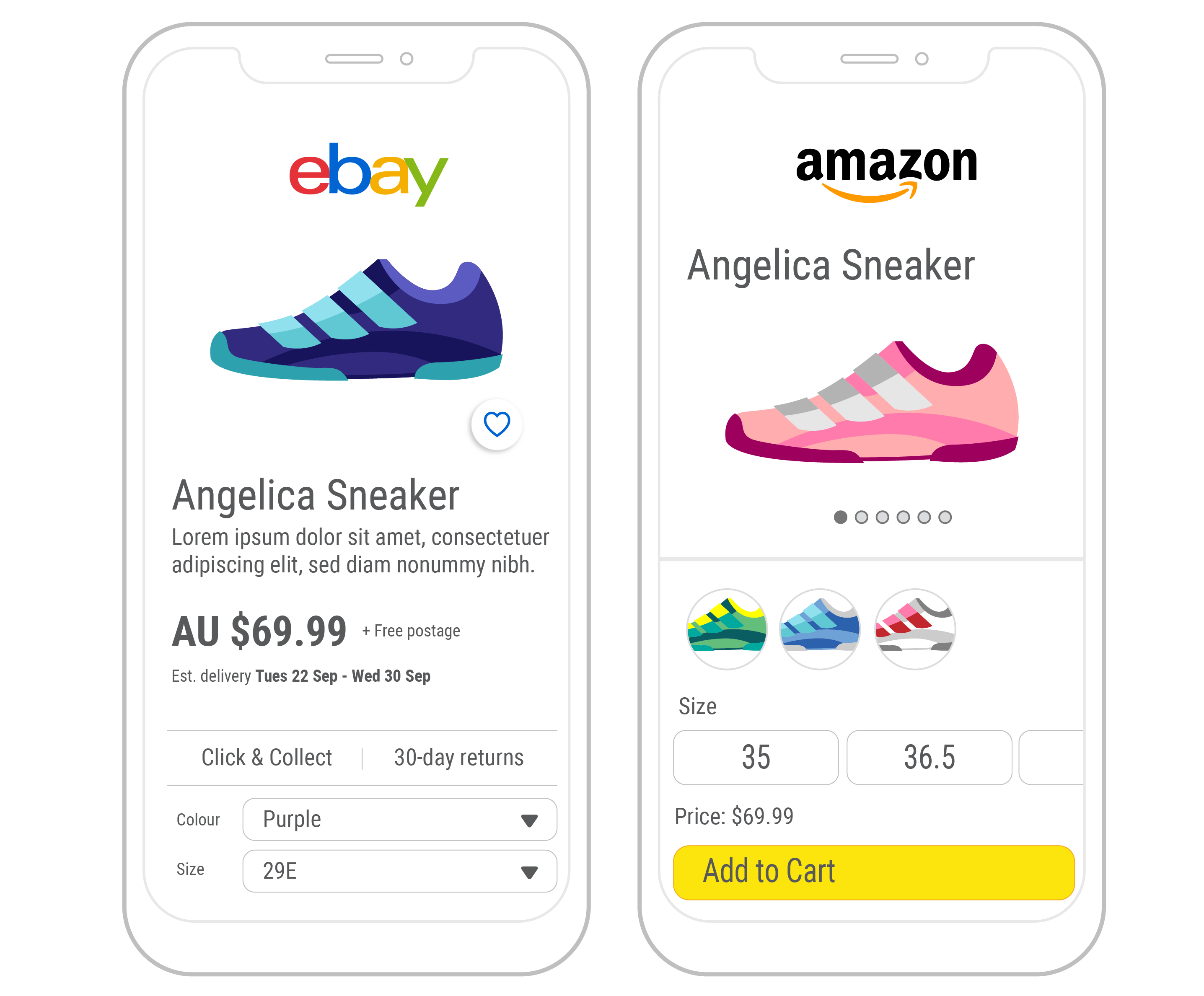Introducing an OMS in Headless Commerce Landscape
What is Headless Ecommerce Architecture?
Headless commerce is a hot topic right now. It’s the future of commerce; a shift towards adaptable, module-based systems and away from one-size-fits-all, monolithic technology. It’s the realisation that every business, every customer and every shopper journey is different – everything is personalised, agile and connected.
In practical terms, “headless” architecture is the decoupling of the frontend “presentation layer” of a website from the backend infrastructure. This approach allows retailers to deliver compelling, high-quality content experiences in the front end, while the ecommerce solution in the backend manages all commerce functionality.
The architectural flexibility in a headless model allows for easy connection into key infrastructure points, such as ERPs, PIMs, OMS and POS.

Benefits of Headless Commerce
Highly Customisable.
Highly customizable frontend ‘presentation’ layer, ensuring a coordinated and optimised user experience across all frontend touchpoints.
Brand Consistency.
Brand consistency across all touchpoints, ensuring uniform commerce services such as inventory, product information, promotions and more.
Better Performance.
Faster, more agile, adaptable shopping experience with improved website performance. Reduces time to market and gives retailers the ability to react to changing market conditions.
Adaptable.
Adaptable to new channels and customer touchpoints, turning any screen into a digital storefront and making every channel shoppable.
Easy Integration.
Easy integration with external tools, services and digital mediums, allowing you to sell where your customers are and manage everything from a single backend.
ON-DEMAND WEBINAR
Million Dollar Moves: Adopting Headless Commerce
Comestri’s Ben Cook explains the Headless Commerce Model and how Comestri customers are implementing headless tactics to sell more everyday!
What are the roles of Order Management System in Headless Commerce?

A headless architecture gives retailers the flexibility to incorporate best-in-breed technologies in the backend, while not disturbing the front end “presentation” layer.
An OMS (or distributed order management system) is a platform that connects into your PIM to manage and track sales, orders, inventory and fulfillment from multiple sales channels. It automates and streamlines all the processes involved from when an order is placed through to delivery and returns.
A Distributed Order Management (DOM) System also includes a single, global view of real-time inventory and inventory locations. This additional layer of intelligence allows retailers to truly optimize their inventory allocation, fulfillment and distribution. In its most basic form, the Distributed OMS can fulfil a customer order from any location, based on predefined rules such as product availability, customer location and business priorities (fastest shipping, lowest shipping cost, etc.).
Consumers expect omnichannel features such as click & collect, ship from store, endless aisle and instore returns – live inventory within a Distributed OMS enables this.
In a headless world, the OMS is a piece of technology that sits external to your ecommerce platform. While your ecommerce platform may have OMS and order management capabilities, it certainly doesn’t have the intelligence or automation capabilities that a stand-alone, built for purpose system would present.
What are the differences between traditional and headless commerce?
A traditional commerce approach is fantastic for micro and small retailers. It gives them the out-of-the-box technology they need to run their retail business for a relatively low cost of entry. Most of the popular ecommerce platforms on the market (Shopify, Woo Commerce, Squarespace, etc) include features such as product catalog, checkout & payments, basic marketing fraud prevention and order management.
As a retailer grows, there’s custom development, apps, integrations and add-ins, all which affect the front end website.
At the other end of the scale are large, monolithic systems – inflexible, resource-heavy and unable to keep up with the ever-developing demands of customers.
Both of these examples of traditional commerce were great for the commerce of the past. They unfortunately don’t provide the adaptability required for the commerce of the future.
Headless commerce gives retailers the flexibility and adaptability they require to remain competitive in the new world of retail. As new technologies come to market and as consumer expectations evolve, a headless framework gives retailers the adaptability they need.

Worldwide ecommerce sales will continue their upward trajectory, reaching $7.385 trillion by 2025 and making up a 24.5% share of all retail sales.
[ EMARKETER ]
How does headless affect shopping experiences?
Consumer’s expectations are high. They’ve rapidly skilled up in the digital space over the past 18 months; they expect a seamless shopping experience as they move their way through their shopper journey, from discovery to purchase, fulfilment to shipments through to returns and refunds.
A consistent, frictionless experience across all platforms, channels and touchpoints is essential. Putting your customer at the very heart of everything you do and understanding their needs will help you attract and retain a loyal band of followers.
A headless commerce approach enables retailers to connect a content management system (CMS), digital experience platform (DXP), progressive web app (PWA) and more, ensuring a consistent flow through the shopper journey. Any of these systems can be swapped out at any time, without affecting essential ecommerce components like checkout and payment security.
Like to know more?

